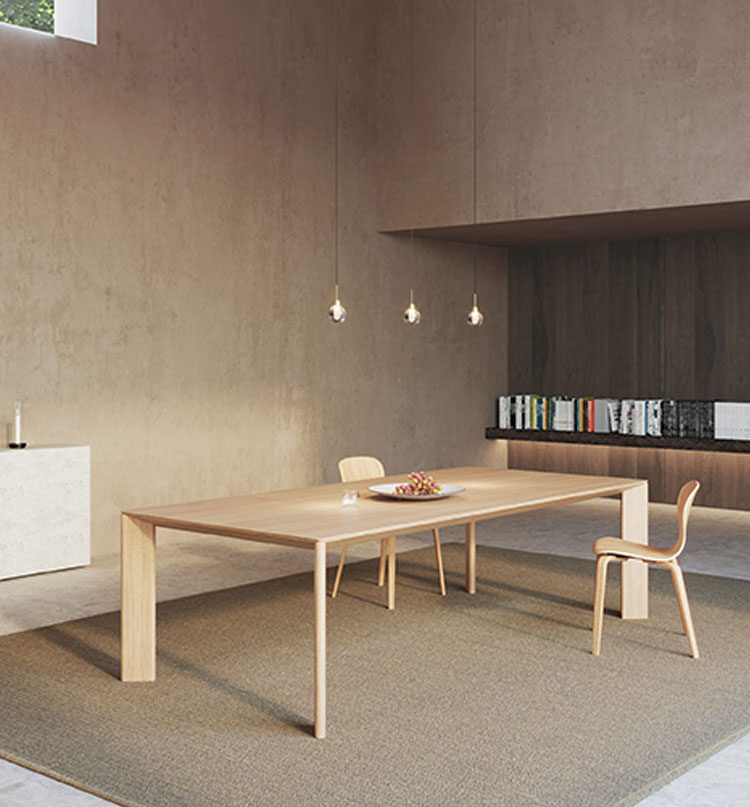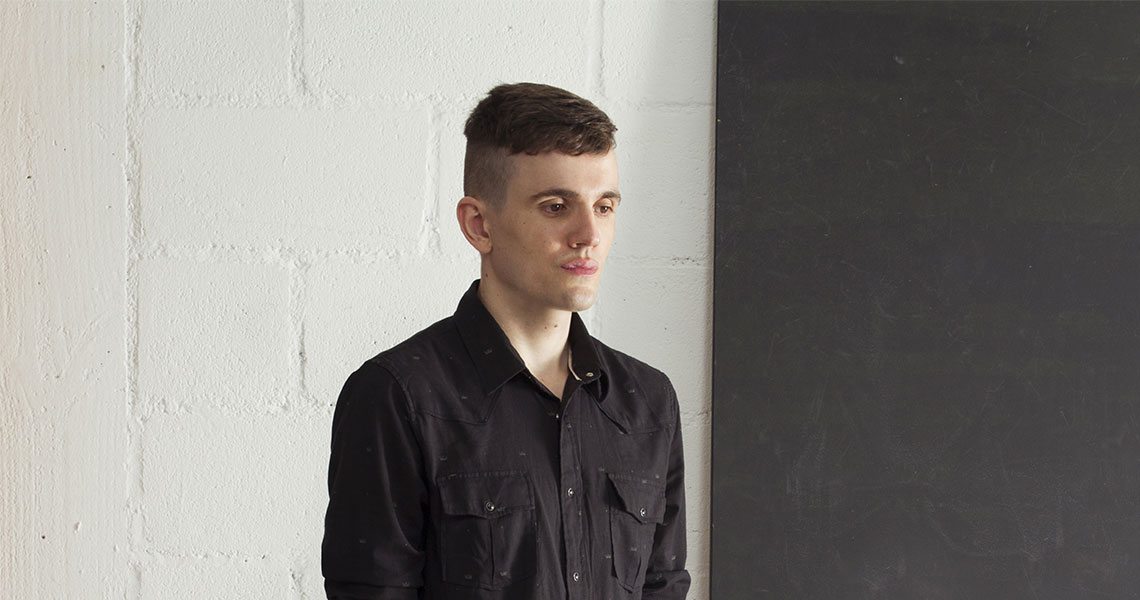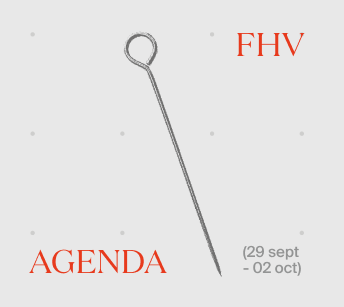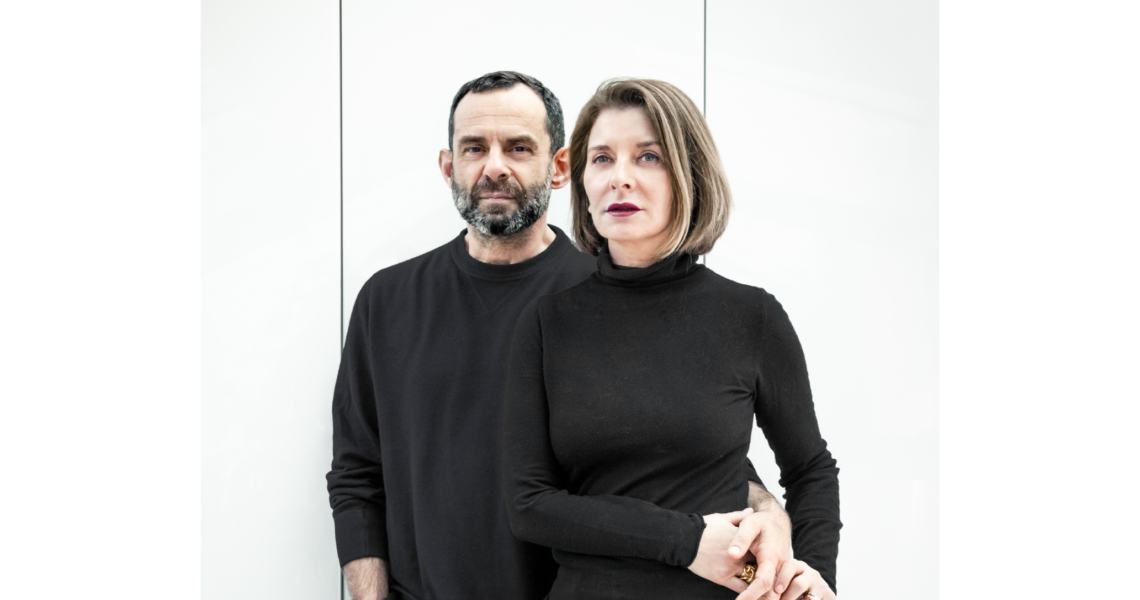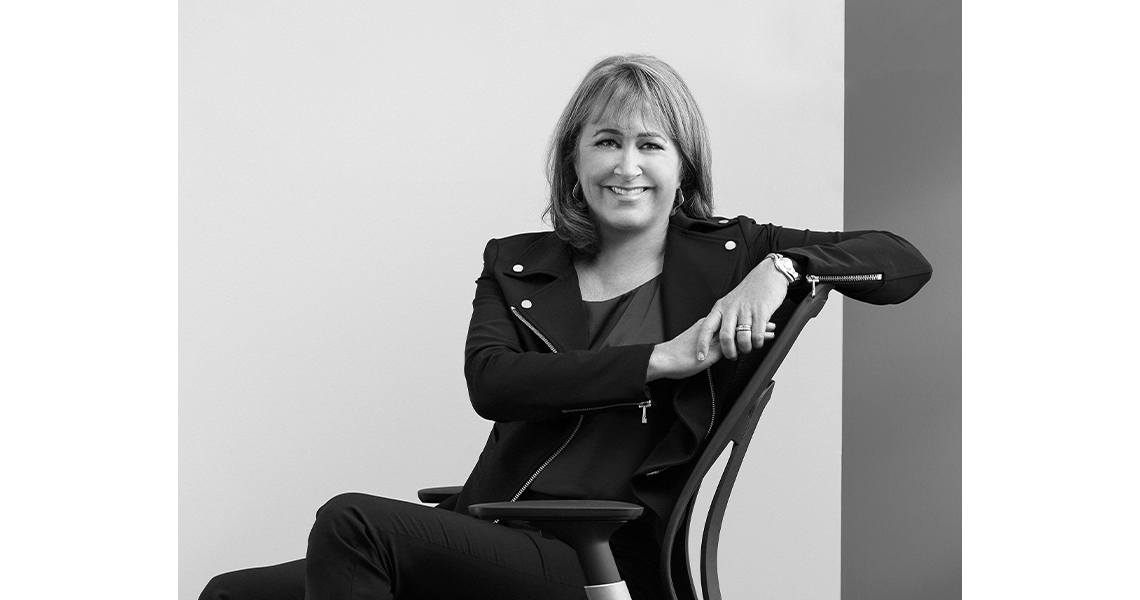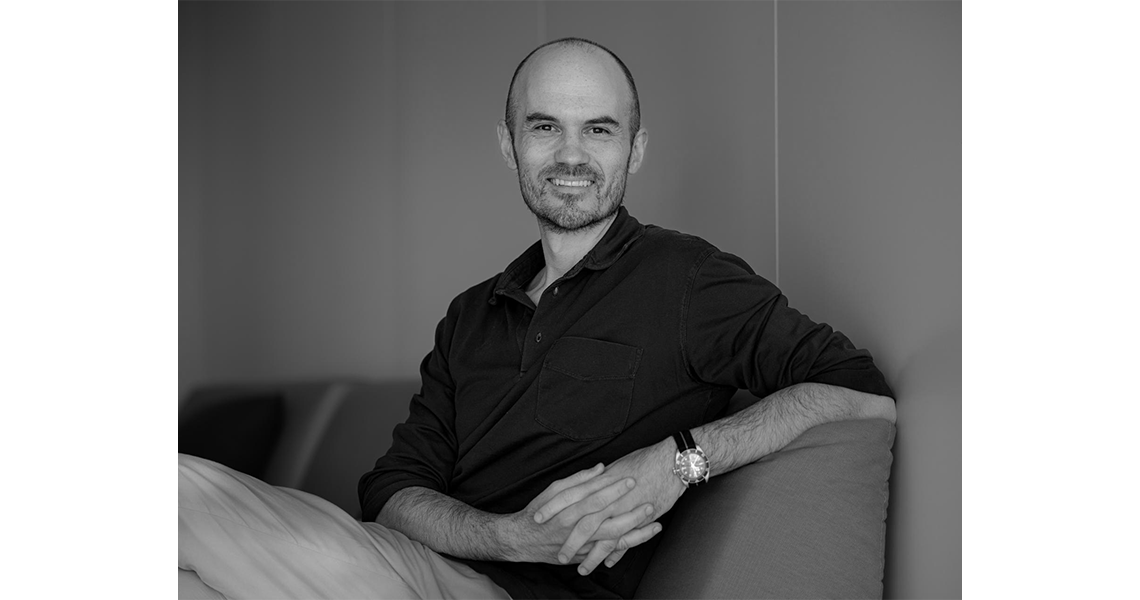On the occasion of our last Viccarte launch, we’ve wanted to reflect on contemporary design challenges and perspectives. With this purpose, we’ve asked Pedro Paulo-Venzon to answer a few questions… And this has been the result. Enjoy!
How contemporary design can change our lives?
Here I shall go with Giogio Agamben, an Italian philosopher who thinks about contemporaneity. The contemporary, for him, is one who adheres to his time but also questions it forcefully. It is a relation of the subject with his time, a tension. I like to think that design, understood from this contemporaneity, can change our lives with this questioning, with this vision of the present and of tradition that always seeks more freedom. I mean, design can also be a place to rethink limits, values, practices, and uses that we have got used to. It is this boldness in the face of what is seen as actuality that can, I think, be transformative.
From your point of view, what could Brazilian and Mediterranean creativity have in common?
It may be possible to think that we have in common the diasporic, that which is of the order of movement, the presence of alterity, the creation of multiple cultural identities. Brazilian creativity, for example, cannot be talked about without considering the colonial question, without the African presence as a fundamental trace, without the tradition of the autochthonous peoples, without the relations with Europe and with the other countries of America. I mean, in both cases, they are intersectional cultures that allow for diversity to flourish and that directly and organically relate to each other. It is as a space in this heterotopy that I like to think of the relations between the Brazilian and the Mediterranean, which seem very rich to me.
How can art add value and storytelling to industrial design?
First, the boundaries between authorial design and industrial design are not very clear in what I do. Neither is the division between design and art. I think about things more subtly. I cannot just think of design. This means that in addition to the artistic discourses, I pay attention to other relationships: historical, social, anthropological, cultural, religious. All this ends up materialized in the pieces, which are like a meeting point between these narratives. It is always a relationship of appropriation and displacement, from the construction of the pieces to the encounter with people.
What came first: your experience with art & craftmanship or your interest in design?
What appeared first was my direct relationship with objects and materials. I remember, when I was very young, being close to working with wood – my family has many craftsmen and my experience was precocious. Then, almost as a necessity, I became interested in artistic and cultural discourses, and began to question that initial affection. Art and design appear together in this narrative. These are discourses that interested me very early on (and still interest me) and had a formative effect on me. Indeed, this relationship between art and design remains in my work.
In which location would you dream to find this new family of the Viccarte collection?
More than a physical or geographical location, I prefer to think of a cultural space, which is yet to come. I like to imagine that there are other views, other ways of seeing the pieces (mine or those from other designers). In this historical and political moment, I should be happy to know that the pieces are able to circulate through various discourses, to find other topologies and a diversity of subjects, with their desires and their needs.
Which are the chanllenges of contemporary design for the nearest future?
I think based on my experience. It is important to know that a Latin American designer, Brazilian, mestizo, can be part of a company like Viccarbe. The opening of the object to other scenes, to other cultures, to other views about what design is – and what it might be – seems fundamental. This movement has happened, but it still remains a challenge.
From your perspective, which is the most attractive value of the Viccarbe collection?
Besides having incredible pieces, impeccable aesthetic quality and production, what I see – and what fills up my eyes – is the diversity. It is a Mediterranean company that has designers from diverse places, with varied formations, with different interests and looks, who have created more functional or more artistic, but always thought-provoking, pieces. The diversity of these creators is also materialized in their proposals and the objectives – and thus Viccarbe has spaces for many types of design, which is invigorating.

